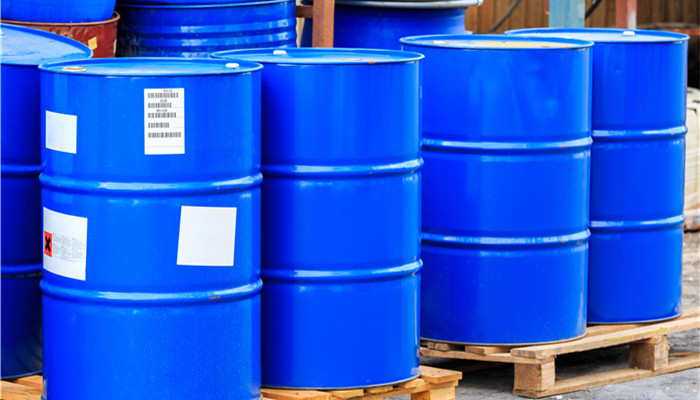
Tungsten disulfide has excellent properties and has good prospects in the fields of lubricants and energy storage batteries.
Tungsten disulfide, with the molecular formula WS2, is a compound of tungsten and sulfur. It is a transition metal sulfide. Its appearance is gray-black crystal or powder with metallic luster, and it belongs to the hexagonal crystal system. Tungsten disulfide is slightly soluble in cold water, soluble in hot water, soluble in concentrated nitric acid, hydrofluoric acid, and molten alkali, and insoluble in other inorganic acids, alkalis, and alcohols. It has graphite-like lubricity, semiconducting properties, and diamagnetic properties. , has reducing and oxidizing properties, is stable in air, and can be decomposed when heated in a vacuum.
According to the “Tungsten Disulfide Industry In-depth Market Research and Investment Strategy Suggestions Report 2021-2025” released by the Industrial Research Center, two Tungsten sulfide exists in nature in the form of tungstenite. Tungsten and molybdenum are chemical elements of the same family. Compared with their sulfides tungsten disulfide and molybdenum disulfide, tungsten disulfide has better comprehensive properties and has a higher melting point. , better thermal stability, low friction coefficient, etc. In addition, it also has lubricity and semiconductor properties. Compared with molybdenum disulfide, tungsten disulfide is more expensive, but the price of molybdenum disulfide has continued to rise in recent years. At present, the price gap between the two is not large. Therefore, tungsten disulfide can be used instead of molybdenum disulfide in many fields. Used instead of graphite.
Tungsten disulfide has a low friction coefficient and excellent lubricity. It can be used as a lubricant and is a solid lubricating material with excellent performance. Tungsten disulfide can be used alone or in combination with polymers such as polytetrafluoroethylene. Tungsten disulfide can be used in forging, stamping and other fields to extend the service life of molds; tungsten disulfide can produce self-lubricating parts and can be used in the manufacturing of automobiles, industrial machinery and equipment, etc. Nano-tungsten disulfide has higher technology content and better lubrication performance. It can be used in harsh working scenarios, such as high temperature and pressure, high speed, high load, radiation, corrosive and other environments.
Energy storage batteries are also one of the important application fields of tungsten disulfide. Nano-tungsten disulfide can be used to prepare electrode materials. In lithium-ion batteries, it can speed up the lithium ion transport rate, reduce the volume effect of electrode materials, and increase the theoretical specific capacity of the electrode. Global lithium resources are scarce, lithium prices are rising and supply is tight. Sodium-ion batteries have attracted attention. Nano-tungsten disulfide can also be used to prepare sodium-ion battery electrode materials. In addition, tungsten disulfide can also be used as a catalyst. It has good catalytic activity and high cracking performance, and can be used in the petrochemical industry.
Industry analysts said that the global tungsten disulfide manufacturers mainly include Austria’s Tribotecc and American Elements. , American Albemarle (ALB), Atlantic Equipment Engineers, Skyspring Nanomaterials and other foreign companies, as well as domestic companies such as Shanghai Xinglu Chemical Technology Co., Ltd. and Hunan Huajing Powder Materials Co., Ltd. In the tungsten disulfide industry, companies with strong technical capabilities have the capacity to mass produce nano-tungsten disulfide and can supply high-end market demand.

 微信扫一扫打赏
微信扫一扫打赏

